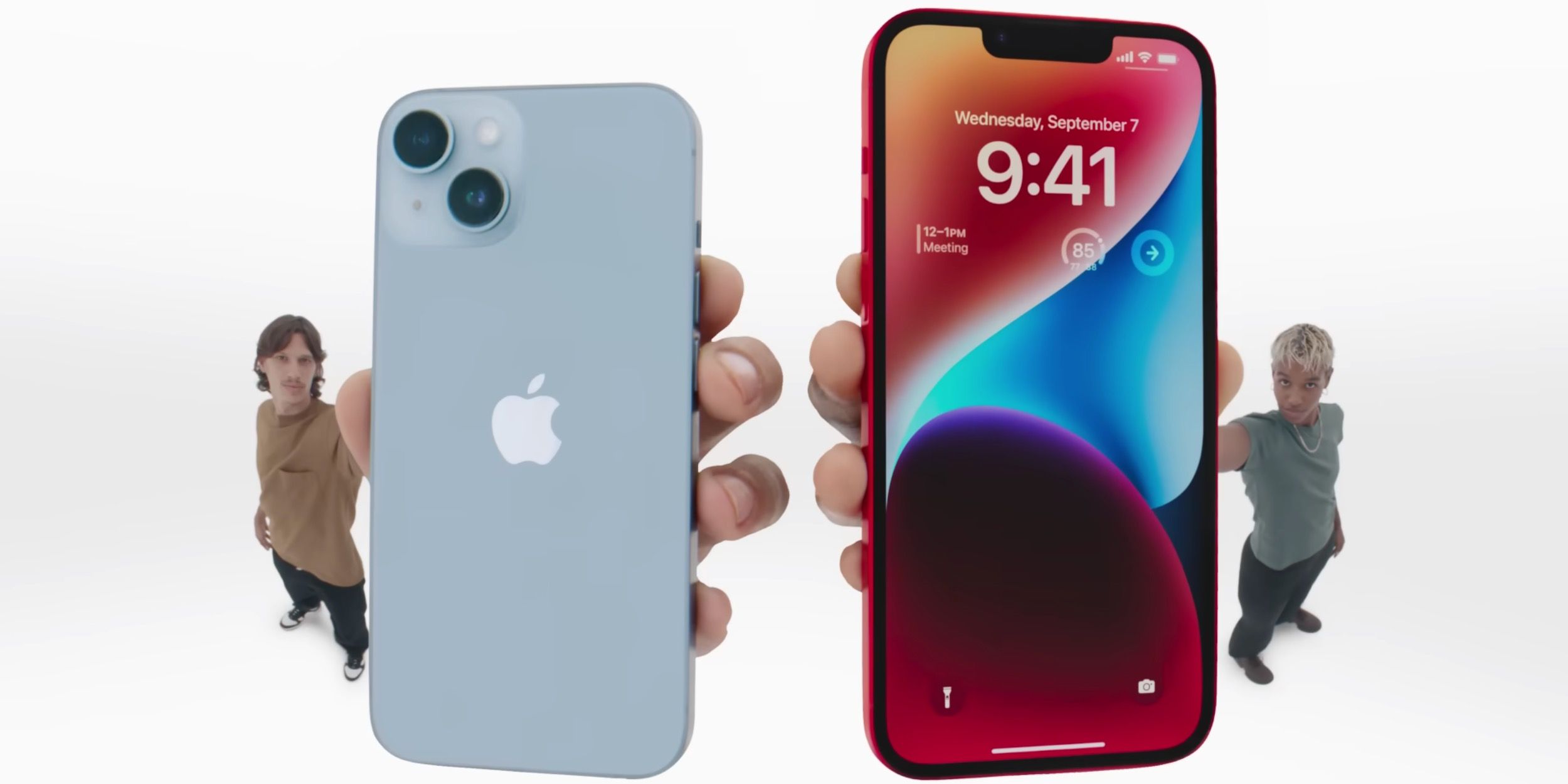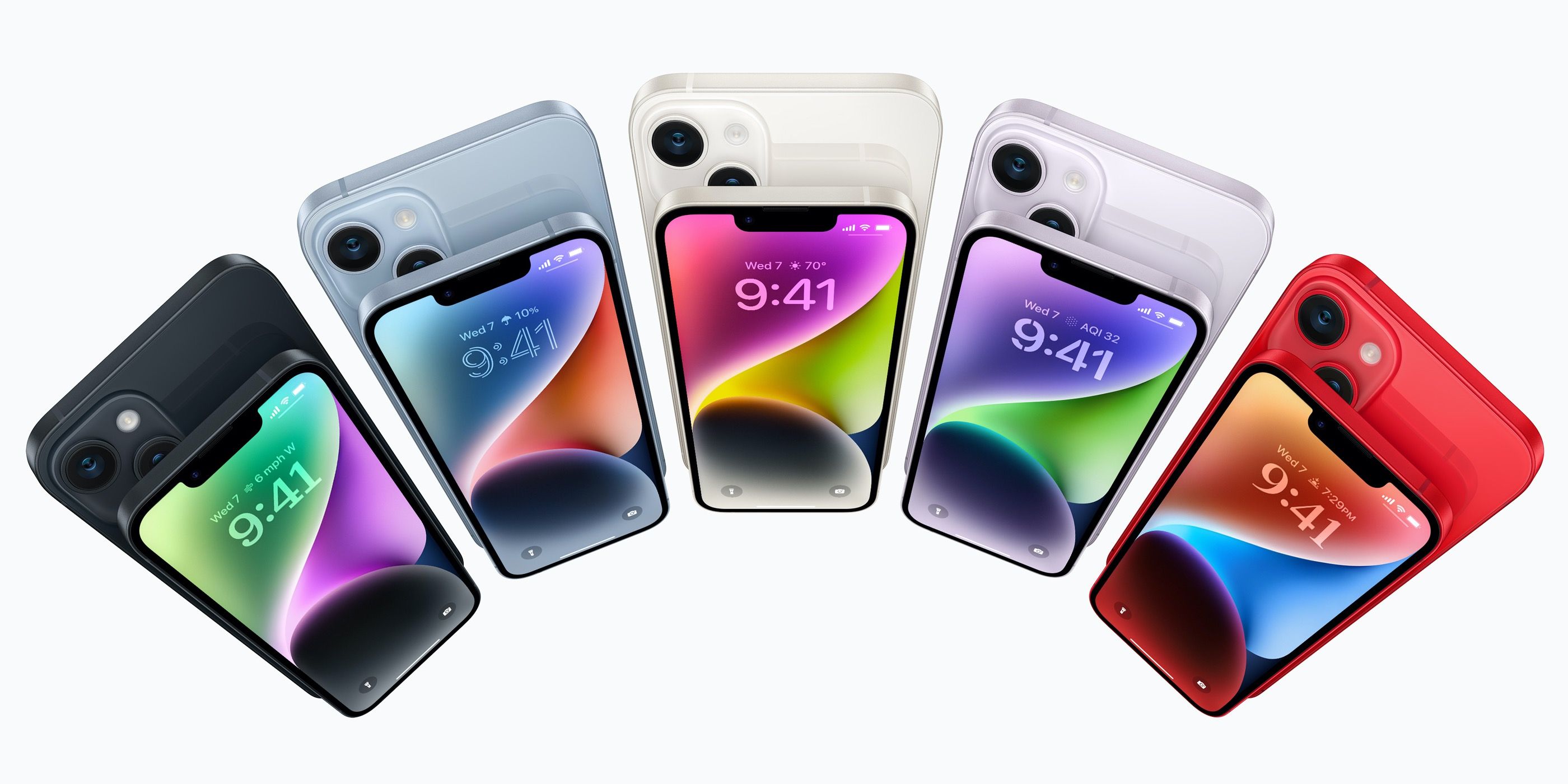Apple isn’t a particularly generous brand when it comes to treating smartphone buyers with hardware upgrades despite charging a handsome sum, but the iPhone 14 stretches that streak a little too far. On its own, one can argue that the iPhone 14 is a good phone for its asking price. The chip inside is still mightier than Qualcomm’s best inside Android flagships, battery life is also among the best in the segment, and iOS 16 continues to lead the way with updates, software fluidity, and privacy. Plus, if the iPhone 13’s camera performance is anything to go by, the iPhone 14 is going to be yet another dependable shooter.
While the iPhone 13 lacked the innovation of Android flagships in the same price bracket, it was a well-received phone for its price tag. Naturally, the iPhone 14 should have no problem in the market carrying an identical price tag. It’s always great to see a brand launch an upgraded version without hiking the price. But for all the solid repute amassed by the iPhone 13, the iPhone 14 just looks like a replica with a different badge in 2022, instead of the meaningful generation-over-generation upgrade it was destined to be. Apple is retaining the iPhone 13’s design for another generation, which is definitely lazy, but no longer a cardinal sin in the smartphone industry as Android OEMs have also started following in the same footsteps lately. Apple is only adding a fresh color to jazz things up.
But the iPhone 14 can barely be called an upgrade. On the contrary, the iPhone 14 is serving almost the same phone as the iPhone 13. Let’s start with the most natural upgrade that buyers expect from a next-gen flagship — the silicon. In a baffling turn of events, Apple has armed the iPhone 14 with the same A15 Bionic chip as the iPhone 13 series. The only thing that is changing here is that the iPhone 14 uses the same 5-core GPU variant of the A15 Bionic as the iPhone 13 Pro models, instead of the variant with four GPU cores. That extra GPU core is barely going to make any difference in real-world usage. One might argue that Apple saved money by skipping the silicon upgrade, choosing to focus its resources elsewhere. But that’s not really the case.
Upgrade? What's That?
Aside from a processor, the other two areas that buyers take into consideration before splurging on a new phone are cameras and battery life. Apple is still serving the same dual 12-megapixel camera array at the back and has only widened the aperture of one of the lenses. There’s no user-facing camera feature upgrade, either. It’s a shame that a phone starting at $800 still doesn’t offer a dedicated zoom camera and sticks with a 60Hz screen. Coming to the battery capacity, there’s only a difference of 52mAh between the Li-ion cells fitted inside the iPhone 14 and iPhone 13. Needless to say, it isn’t going to make a huge difference. There is no surge in the charging speed either, which maxes out at a painfully outdated 20W. Comparing it to the competition on the Android side, the iPhone 14 is anywhere between four to six times slower at filling up the tank. Oh, there is no charger in the box, either.
iPhones often evade the spec comparison criticism vis-a-vis Android phones, and the leading defense is almost always arguments siding with longer software support, a rich app ecosystem, reliable cameras, etc. But in 2022, Apple has straight up served a year-old relic as a next-generation phone with the same aspirational price tag. And that’s just for the U.S. market. In overseas markets like Europe and Asia, Apple is charging a fat generation over generation upgrade fee. iPhones were already a hard-to-swallow pill for smartphone shoppers that care about specifications, innovation, and the overall competitive value of their purchase. The iPhone 14, on the other hand, is a test of patience and it is stretching Apple’s overpowering market influence to its limits.
Source: Apple


